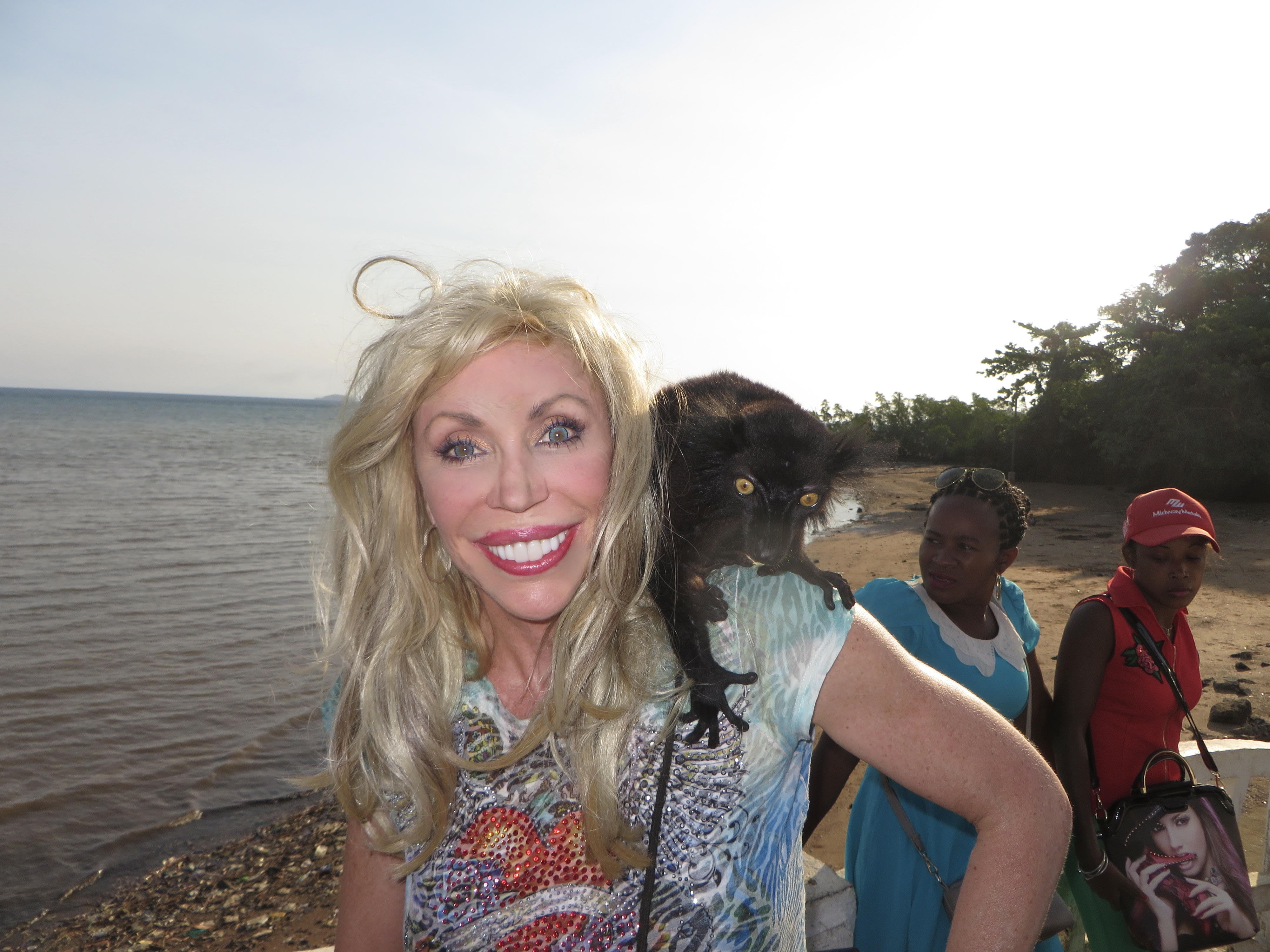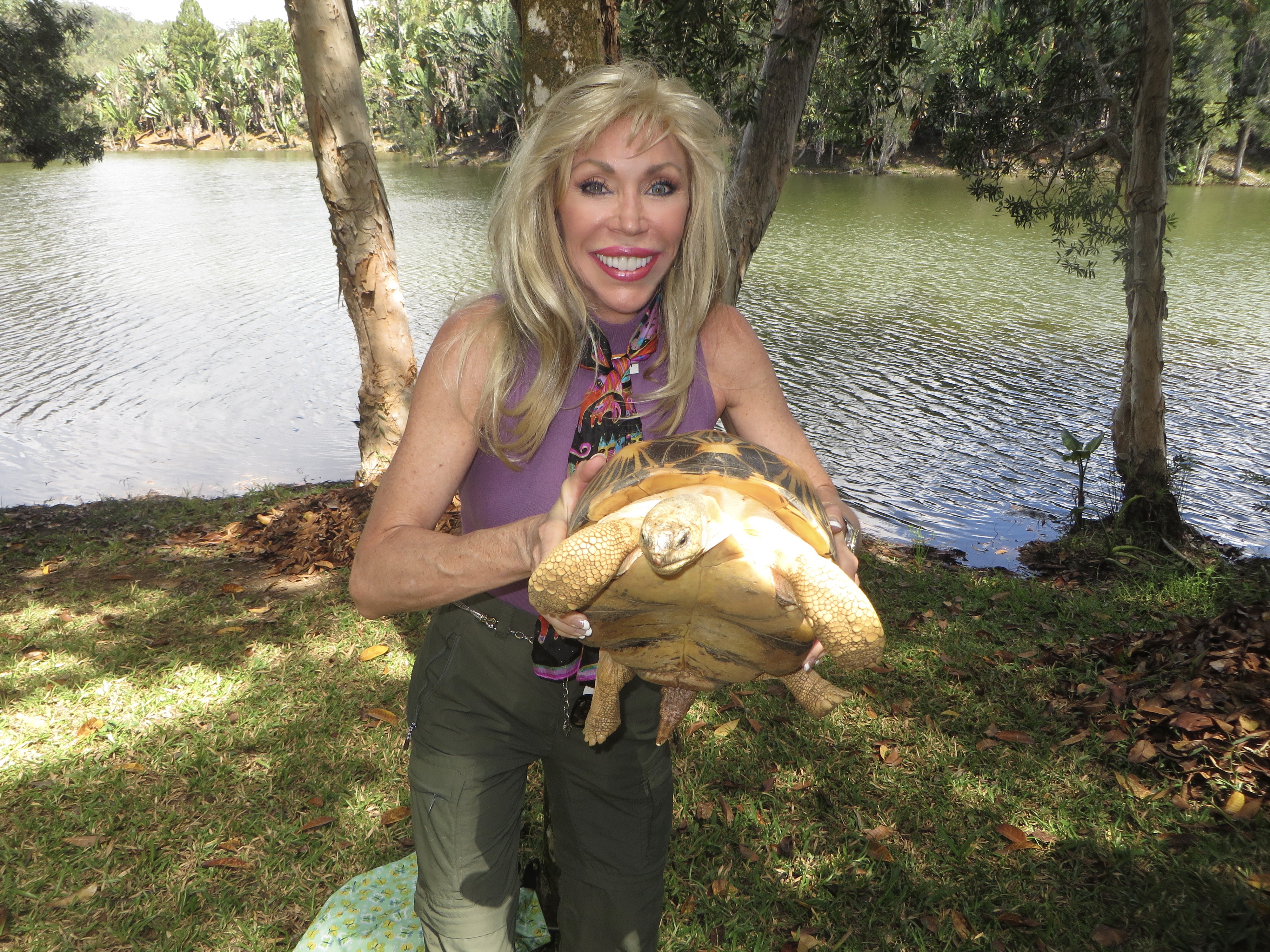Our Latest Articles

Discovering Madagascar: A Paradise of Unique Wonders
Madagascar, the world’s fourth-largest island, is a land like no other. Nestled off the southeastern coast of Africa in the Indian Ocean, this vast and enchanting island offers a blend of rich biodiversity, otherworldly landscapes, and a culture as vibrant as its flora and fauna. For the discerning traveler looking to escape the ordinary, Madagascar is not just a destination but an experience that feels like stepping into an entirely different world.
A Living Ark of Biodiversity
When you set foot in Madagascar, it quickly becomes apparent why it is known as the "Eighth Continent." Over 90% of its wildlife is found nowhere else on Earth. The island’s isolation from mainland Africa for over 88 million years has allowed it to evolve into a natural laboratory of evolutionary wonders. The star attraction of Madagascar’s fauna is undoubtedly the lemur, a curious and charismatic primate that has become the symbol of the island. With over 100 species, from the tiny mouse lemur to the larger indri with its haunting song, these creatures provide endless fascination.
But lemurs are only the beginning. The island is also home to the spiny forests of the southwest, a harsh, almost alien landscape dominated by the otherworldly baobab trees. These ancient, bottle-shaped giants can live for over a thousand years and look like they’ve been plucked from a fairytale. The Avenue of the Baobabs, a natural monument near Morondava, is one of Madagascar’s most iconic sights. As the sun sets behind these towering trees, casting long shadows on the dusty red earth, it feels as if time stands still.

A Land of Contrasts
Madagascar’s diverse landscapes are a microcosm of natural beauty, ranging from rainforests and beaches to deserts and mountains. The lush rainforests of Andasibe-Mantadia National Park are teeming with life. Here, visitors can hike through mist-shrouded trails while listening to the chorus of frogs and birds echoing through the canopy. The park is also one of the best places to spot the indri lemur, which has the largest size and distinctive calls.
For those seeking pristine beaches, Madagascar does not disappoint. The island’s coastline stretches for over 5,000 kilometers, offering some of the best-kept secrets of the Indian Ocean. Nosy Be, an archipelago off the northwest coast, is a paradise for divers and snorkelers, where coral reefs teem with colorful marine life. The beaches of Île Sainte-Marie, on the east coast, provide a more serene and secluded getaway, where visitors can watch humpback whales during their annual migration or simply relax under swaying palms.
Further inland, the semi-arid regions of Isalo National Park reveal rugged canyons, dramatic sandstone formations, and hidden waterfalls. The landscapes are almost lunar, with sharp cliffs and deep gorges, making it a hiker's dream. There is a magical quality to Isalo, especially as you descend into one of its many natural swimming pools, fed by crystal-clear streams flowing through the park’s hidden valleys.
A Tapestry of Cultures
Madagascar’s people are as unique as its wildlife, with a cultural heritage shaped by a fascinating blend of African, Asian, and Arab influences. The Malagasy people are descendants of settlers who came from Southeast Asia over two millennia ago, mixed with waves of African migration and Arab traders. This melting pot of cultures has given rise to distinct traditions, languages, and rituals that make Madagascar a living mosaic of human history.
One of the most important aspects of Malagasy culture is the tradition of famadihana, or the "turning of the bones." This sacred ritual involves exhuming the remains of deceased ancestors, rewrapping them in fresh cloth, and celebrating their lives with music and dance. It is a vibrant and joyful event, reflecting the Malagasy people’s deep connection to their ancestors and their belief in the continuity of life and death.
Visitors will also experience Madagascar's rich musical and dance traditions, with local genres like salegy, a fast-paced, rhythmic style that is infectious and impossible not to dance to. The island’s handicrafts, especially intricate wood carvings, textiles, and jewelry, are a testament to the Malagasy people’s artistry and craftsmanship.

A Journey Off the Beaten Path
Madagascar is not a destination for the faint of heart. Its infrastructure is still developing, and travel within the island can be challenging. However, for adventurous travelers, this only adds to its allure. Whether you’re exploring the dense rainforests, traversing the arid savannas, or sailing along the pristine coastline, every corner of Madagascar feels untouched, unspoiled, and ready to be discovered.
One of the most rewarding experiences in Madagascar is connecting with its local communities. Rural villages, particularly in the highlands, offer homestays where travelers can immerse themselves in Malagasy daily life. Sharing meals with families, participating in traditional farming, or learning about ancient customs can be profoundly enriching experiences. In many ways, Madagascar offers a rare opportunity to slow down, reconnect with nature, and gain a deeper understanding of humanity’s relationship with the environment.
A Future of Sustainable Tourism
As Madagascar grows in popularity, there is increasing awareness about the importance of conservation and sustainable tourism. The island’s unique ecosystems are under threat from deforestation, illegal wildlife trade, and climate change. Many local and international organizations are working to protect Madagascar’s biodiversity and promote eco-tourism initiatives that benefit both the environment and local communities.
For travelers, this means being mindful of their impact. Supporting eco-friendly lodges, hiring local guides, and participating in conservation efforts can help ensure that Madagascar’s natural treasures are preserved for future generations. Visiting protected areas like Ranomafana National Park, where conservation programs are in place, is one way to contribute to these efforts.
Conclusion
Madagascar is a place of extraordinary beauty, rich in wildlife, landscapes, and culture that cannot be found anywhere else on Earth. For travelers willing to venture off the beaten path, this island offers a journey of discovery like no other. Whether you come for the lemurs, the beaches, or the people, you will leave with memories of a place that feels as if it exists in another time and space—an island where nature reigns supreme, and life moves to a different rhythm. In Madagascar, every day is a new adventure, and the possibilities are as endless as the island’s horizons.

Your Gateway to Global Adventures Await Here.
Quick Links
Home
About Us
Services
Testimonials
FAQ's
Blog
Quick Links
Location: 2601 West 7th St. , Houston TX 75002
Phone: (602) 750-8570
Email:
